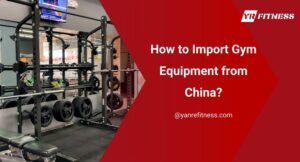Have your clients ever asked about hip dips and how to address them? As a gym owner, understanding hip dips can help you guide your clients more effectively.
As a fitness coach with years of experience, I know how important it is to explain body shapes and offer helpful advice for better training.
Hip dips are a natural part of many body types, yet often surrounded by misconceptions. By understanding them better, you can help your gym members feel more confident and improve their workouts.
In this guide, we’ll talk about what hip dips are, how they affect the way the body looks, and the best exercises to target this area.
So let’s get started!
Table of Contents
1. What Are Hip Dips?
Hip dips, also known as violin hips, refer to the inward curve found below the hip bone. These indentations are a natural part of the body’s shape, caused by the skeletal structure, specifically how the hip bone connects to the thigh. They are more noticeable in some people than others, but they are completely normal and don’t reflect a lack of fitness.
The visibility of hip dips varies due to factors like muscle mass and overall build. While hip dips might draw attention to fitness conversations, they do not indicate any health issues or concerns. In fact, they are just one of many variations in body shape that can be embraced in the fitness world.
2. Common Causes of Hip Dips
Hip dips are often the result of natural factors that are part of the body’s anatomy. Various elements, such as bone structure and muscle distribution, contribute to their appearance. Here are some of the main causes of hip dips:
Bone Structure
The shape and structure of the pelvic bones greatly influence the presence of hip dips. People with wider hips or a specific pelvic alignment may have more pronounced dips. Since bone structure cannot be altered through exercise or diet, hip dips are often more visible in some individuals than others.
Genetics
Genetics play a big part in determining body shape, including whether hip dips are visible. For example, if the mother has pronounced hip dips, there’s a big possibility that the child may inherit the same body shape. This is a natural variation in body shape that cannot be changed, even with targeted exercises or lifestyle changes.
Muscle Imbalance
A muscle imbalance between the lower back, hips, and thighs can contribute to the visibility of hip dips. For example, if certain muscles are overdeveloped while others remain weaker, it can cause the hips to appear more uneven. Strengthening and balancing these muscles can help create a more uniform appearance but won’t eliminate hip dips.
Body Fat Percentage
Individuals with lower body fat percentages may have more visible hip dips because there is less fat to cover the natural indentation around the hip bone. If you were wondering the what should be the healthy body fat percentage of a person, it ranges from 25-31% for women and 18-24% for men, based from Baylor College of Medicine. While increasing body fat could reduce their visibility, it’s important to understand that hip dips are a natural part of body structure, not something that needs fixing.
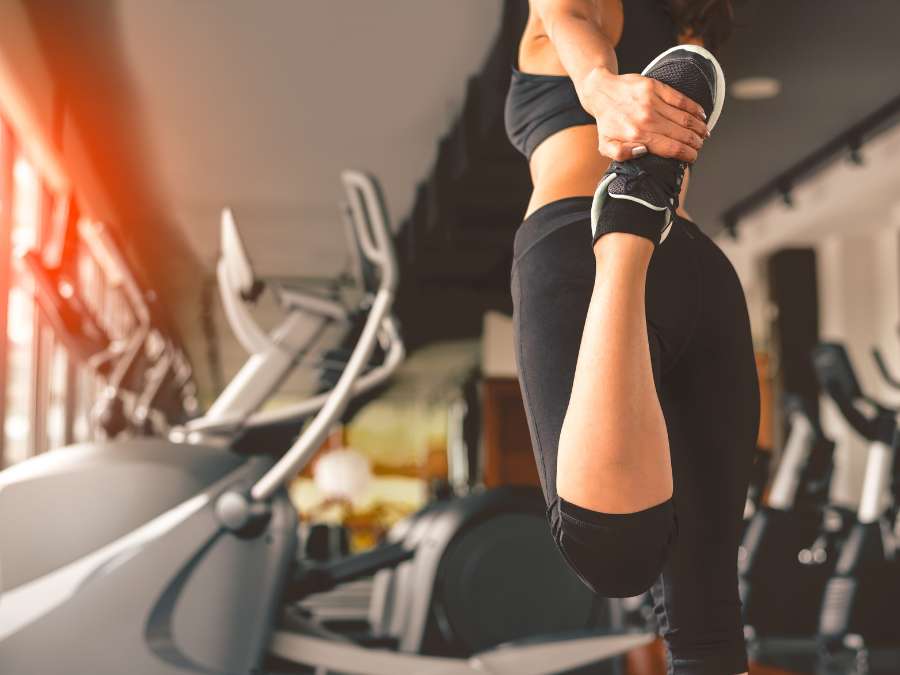
3. Exercises to Enhance the Hip Area
Exercises can’t completely erase hip dips, but please take note that they can help minimize their visibility by building muscle around the hips and glutes. Strengthening key areas, like the gluteus medius and obliques, can create a fuller appearance. Here are some exercises that can enhance the shape of the hips and reduce the visibility of hip dips:
- Side Leg Raises: This exercise targets the gluteus medius. The individual lies on one side with legs stacked, then lifts the top leg while keeping it straight. The leg is lowered slowly before repeating.
- Standing Kickbacks: This move engages the glutes and hamstrings. The person stands tall, kicks one leg straight back, then returns to the starting position and switches legs.
- Running on a Treadmill: Running on a treadmill is an excellent cardio exercise that strengthens the legs and glutes. If you are a gym owner, make sure to invest in high-quality treadmills, like those from YR Fitness, to provide your clients with durable, reliable equipment that supports their fitness goals.
- Squats: A great full-body lower exercise. The individual stands with feet shoulder-width apart, lowers down as if sitting in a chair, then returns to standing.
- Sumo Squats: This variation focuses on the inner thighs and hips. The person stands with feet wider than shoulder-width apart, toes pointing outward, lowers into a squat, and then returns to standing.
- Russian Twists: This exercise targets the obliques. The individual sits on the floor, leans back slightly, and twists side to side while holding a weight or medicine ball.
- Clamshells: Ideal for targeting the gluteus medius. The person lies on their side with knees bent and feet together, lifting the top knee while keeping the feet touching, then lowers it. After completing one set, they switch sides.
- Fire Hydrants: This exercise begins in a tabletop position. The individual lifts one knee out to the side while keeping it bent, then lowers it back down before repeating on the other side.
- Donkey Kicks: A glute-activating exercise. The person starts on all force, lifts one leg toward the ceiling with a bent knee, then lowers it back down. The movement is repeated on the opposite side.
- Plank Hip Dips: This move engages the obliques and core. The individual starts in a forearm plank, rotates the hips to one side, dips toward the floor, and then rotates to the other side.
- Side Plank Pulses: Lying on one side, propped on an elbow, they lift the hips into a side plank and pulse up and down. Adding a dumbbell from YR Fitness that doesn’t break down easily can make the exercise more challenging.
Here’s a table summarizing the exercises to enhance the hip area and reduce the visibility of hip dips:
Exercise | Target Area/Benefit |
Side Leg Raises | Targets the gluteus medius, helping to build muscle around the hips. |
Standing Kickbacks | Engages glutes and hamstrings, building strength and shape. |
Running on a Treadmill | Strengthens legs and glutes through cardio, supporting overall lower body fitness. |
Squats | Full-body lower exercise that enhances glutes and legs, improving overall hip shape. |
Sumo Squats | Focuses on inner thighs and hips, building muscle to minimize hip dips. |
Russian Twists | Targets the obliques, helping to tone the side of the waist and create a more balanced look. |
Clamshells | Strengthens the gluteus medius, aiding in hip muscle development. |
Fire Hydrants | Activates the glutes and hips by lifting the leg outwards, improving hip shape. |
Donkey Kicks | Engages the glutes, building strength and enhancing hip and leg shape. |
Plank Hip Dips | Targets obliques and core, helping to sculpt the sides of the waist. |
Side Plank Pulses | Strengthens the obliques and hips, creating a fuller appearance. Adding weights increases intensity. |
4. Myths and Facts About Hip Dips
There are many misconceptions about hip dips, leading to confusion among fitness enthusiasts. Understanding the myths and facts can help gym owners provide accurate information to their clients.
Myths About Hip Dips
- Hip Dips Are a Sign of Being Overweight: Hip dips are not related to body weight. As a matter of fact,they occur naturally and can be present to individuals of all sizes.
- Exercising Can Entirely Eliminate Hip Dips: No amount of exercise can fully remove hip dips. Since they are caused by bone structure, exercise can only tone the muscles around the area.
- Only Women Have Hip Dips: Men can also have hip dips, though they may be less visible due to differences in pelvic structure and muscle mass.
- Hip Dips Are a Sign of Poor Fitness: Hip dips do not indicate a person’s fitness level. Even individuals who are in excellent shape can have visible hip dips.
- More Fat Causes Deeper Hip Dips: Hip dips are a result of bone structure, not body fat. Fat distribution might affect their appearance but not their existence.
Facts About Hip Dips
- Hip Dips Are Related to Bone Structure: Hip dips are caused by the natural alignment of the pelvis and thigh bones, not by body weight or fat.
- Exercises Cannot Fully Eliminate Hip Dips: Strengthening the surrounding muscles can reduce their appearance, but hip dips cannot be completely removed as they are part of the skeletal structure.
- Men Can Also Have Hip Dips: Although less common in men due to different pelvic shapes, hip dips can still appear in both genders.
- Hip Dips Do Not Affect Fitness Levels: Hip dips do not interfere with physical performance or fitness. They are simply a natural variation in body shape.
- Hip Dips Are a Normal Part of the Body: They are a natural part of human anatomy and do not require any corrective measures.
5. Fashion and Styling Tips for Hip Dips
Understanding how to style around hip dips can be helpful for many clients, especially when body confidence is a priority. I believe choosing the right clothing can enhance their natural shape and make them feel more comfortable. Here are 5 styling tips for minimizing the appearance of hip dips:
- High-Waisted Bottoms: High-waisted pants, leggings, or skirts sit above the hips and create a smooth line around the waist. This style helps cover the dip area and gives a balanced appearance, making the hips look more even.
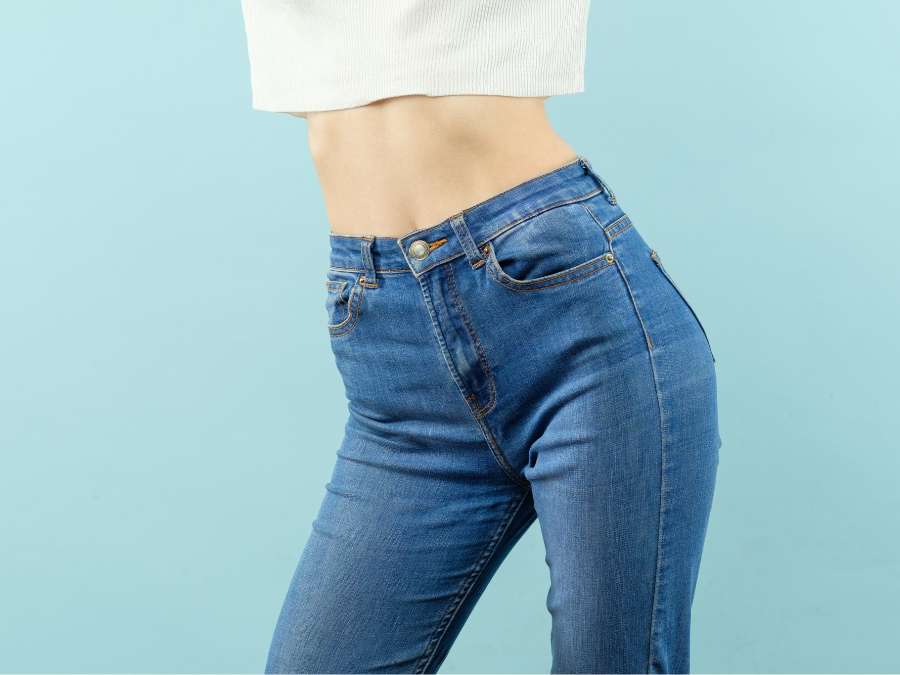
- Structured Fabrics: Wearing clothes made of structured fabrics can provide extra support and shape around the hip area. These fabrics help smooth out the natural dips, creating a more streamlined look compared to loose or thin fabrics that cling to the body.
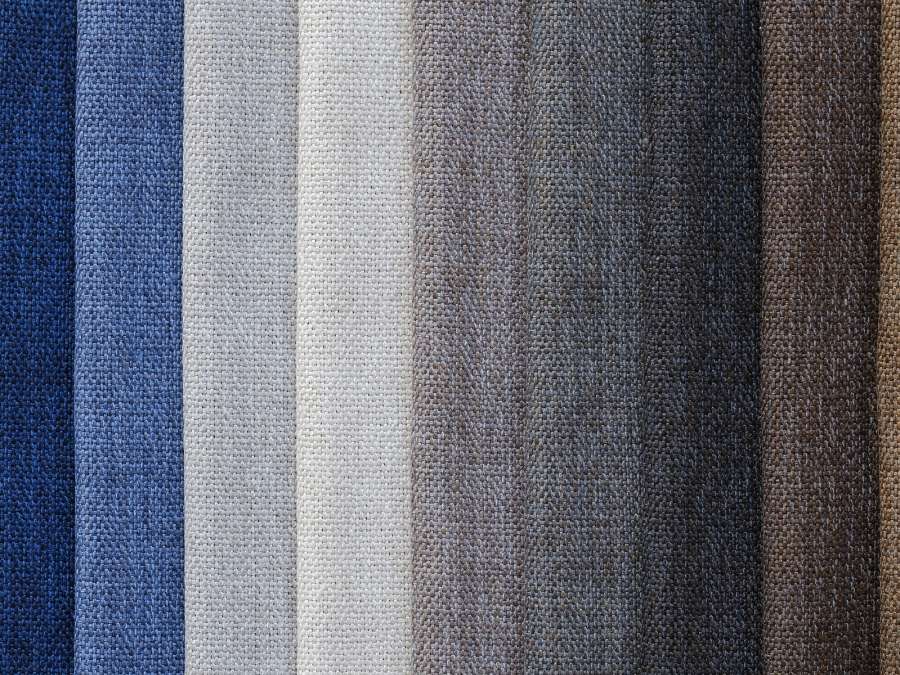
- A-Line Dresses and Skirts: A-line skirts and dresses flare out from the waist, drawing attention away from the hips. This classic silhouette creates a balanced look by skimming over the hips, making hip dips less noticeable while maintaining a flattering fit.

- Layering Techniques: Layering with long cardigans or jackets adds dimension to the outfit. These layers help conceal the hip area and offer a more balanced proportion by shifting the focus to the overall look rather than specific body features.

- Darker Colors for Bottoms: Darker colors tend to minimize the appearance of any body features. Wearing dark pants or skirts can make hip dips less noticeable by creating a slimming effect. Paired with a lighter top, this creates a balanced and flattering outfit.
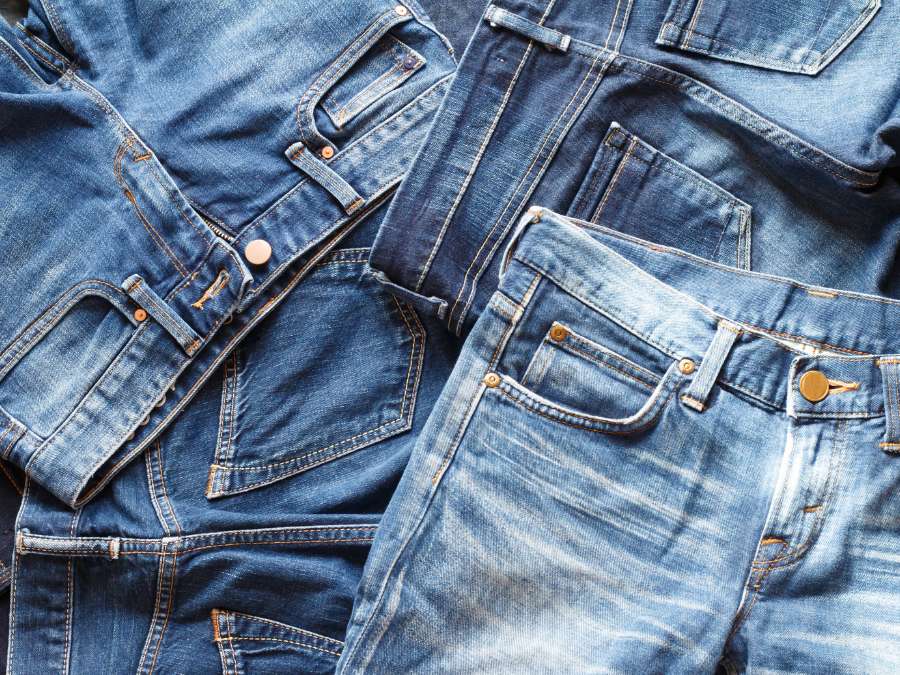
Conclusion
In conclusion, understanding the factors behind hip dips helps individuals embrace their unique body shape and work toward their fitness goals. By incorporating the exercises and tips shared in this guide, including movements like the bicep curl for overall muscle balance, it’s possible to improve muscle tone and body confidence over time.
We hope this deep exploration of hip dips has provided valuable insights for enhancing both physical fitness and self-acceptance. If you’re a gym owner looking for high-quality equipment that supports your members’ fitness journeys, YR Fitness can help. Contact us today to learn more about our products.
Related articles:





